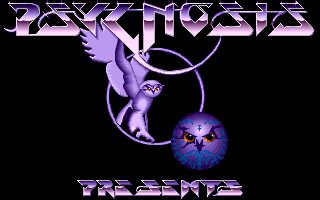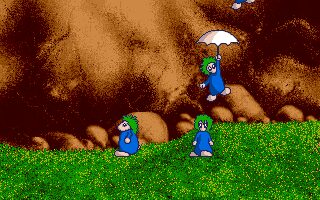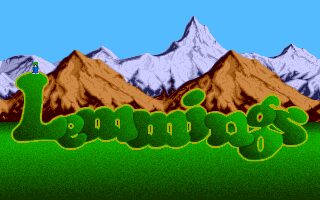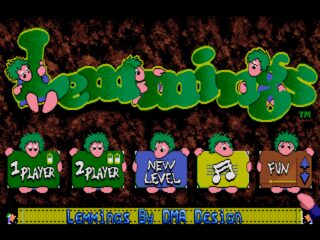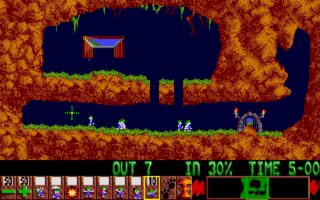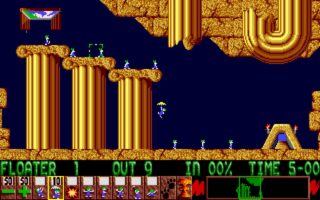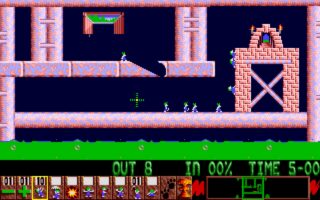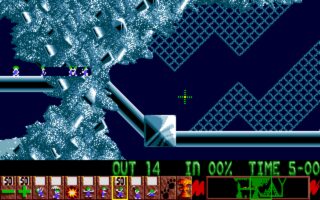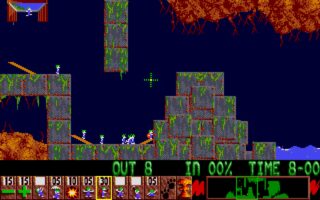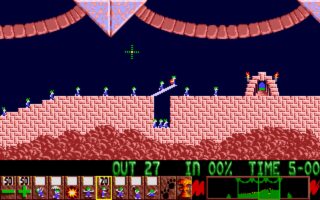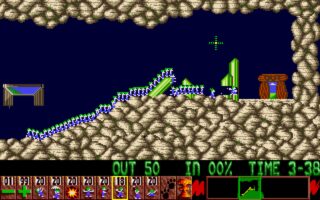Lemming is a puzzle-platformer created by DMA Design and published by Psygnosis for the Amiga, DOS, and Atari ST in 1991.
Lemmings is one of the most iconic puzzle games ever created, a title that defined the genre and left an enduring legacy in gaming history. Developed by DMA Design and published by Psygnosis in 1991, the game combined innovative mechanics, charming animation, and brilliant level design to create a unique and addictive experience. The origins of Lemmings can be traced back to a simple animation experiment by Mike Dailly, who tested the Amiga's graphical capabilities with a software called Deluxe Paint, by creating a tiny, 8-pixel-tall character that could walk. This "walker" animation, featuring smooth and fluid movement, caught the attention of the rest of the DMA Design team, including Steve Hammond, Russell Kay, Gary Timmons, and David Jones, who saw the potential for a game based on these tiny creatures.
Building upon this concept, the team devised a gameplay mechanic in which players would guide a group of these small, mindless beings through hazardous levels by assigning them specific abilities. The challenge came from managing the limited number of available skills, such as digging, building, or blocking, to navigate obstacles and avoid deadly traps safely. Each level presented a new puzzle, requiring careful planning, quick thinking, and precise timing to ensure enough lemmings reached the exit. The game design encouraged trial and error, but its fast restarts and forgiving mechanics made failure part of the learning process rather than a source of frustration.
One of the key elements behind the success of Lemmings was its powerful level editor. Developed alongside the game itself, the editor allowed the team to rapidly design and test levels, ensuring a steady progression of difficulty and creativity. This tool was fundamental in shaping the game’s unique blend of strategy and action, allowing the developers to craft increasingly intricate challenges. The level editor also played a crucial role in the game's longevity, allowing the creation of additional levels and expansions, such as Oh No! More Lemmings, which introduced even more complex puzzles.
The graphics, though simple, were highly effective. Despite their minuscule size, the tiny lemmings displayed surprising character through their detailed animations. Whether they were marching forward mindlessly, building stairs, or exploding dramatically, each action was visually distinct, helping players keep track of the chaos. The Amiga version of the game, widely considered the best, showcased smooth animations and vibrant colors. The sound design was equally memorable, featuring catchy, whimsical music inspired by classical and folk tunes and humorous sound effects, including the famous "Oh no!" scream when a lemming met an unfortunate fate.
Lemmings was an instant success upon release. It sold over 15 million copies and has been ported to almost all platforms, including 3DO, Apple II, Macintosh, Commodore 64, NES, Sega Master System, and many others. Each version retained the core gameplay, though some suffered from reduced graphical fidelity or control limitations due to hardware constraints. The game's immense popularity led to numerous sequels and spin-offs, such as Lemmings 2: The Tribes, each introducing new mechanics while retaining the charm and challenge of the original.
The influence of Lemmings can still be seen in modern puzzle games, and its legacy endures as one of the most innovative and beloved games of all time. Lemmings is not only one of the most popular video games ever created, but it's still very enjoyable and playable today.

